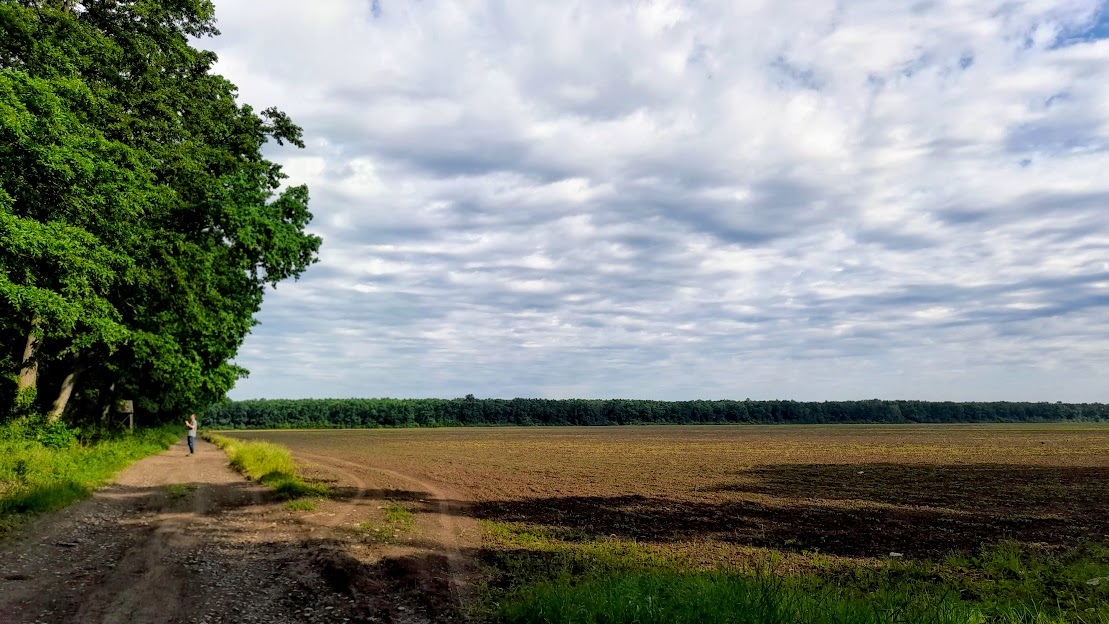
Once upon a time, vast forests of Quercus robur, known as common, pedunculate, European or English oak blanketed the Sava River floodplain, all the way from Croatia down to the river’s confluence in Belgrade, Serbia. Gazetted as the “nature monument” in 2013, one of the few remaining – Bojcinska Forest by the village of Progar covers 670 ha / 1650 ac, with around 108 bird species and some 60 species of mammals. And that is where Q. and I were heading this morning.
We had a Common Cuckoo and several Northern Lapwings by the roadside. With a recent establishment of a new rubbish tip, the population of Common Ravens exploded and you commonly see them in their dozens. Also, there was a Black Kite awaiting us, as well as one Red-footed Falcon sitting on a dead oak branch.
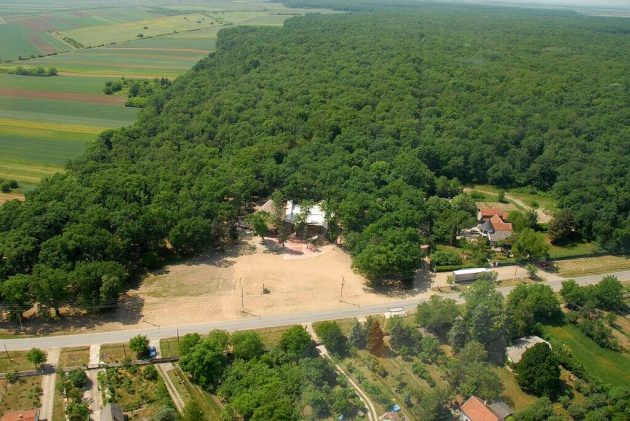 Photo by Surcin Municipality
Photo by Surcin Municipality
King Alexander I of Yugoslavia was known for his hunting forays into this forest, only months prior to his assassination during a 1934 state visit to France. During WWII, the forest was used as a base of the local Partisan squad (the communist resistance), hiding in subterranean shelters. Fleeing from Nazis, local villagers were hiding there as well. Some of those shelters are still around.
And into the forest we go. The most numerous birds are Common Chaffinches. Checking carefully those on the ground ahead of us, we found there were 3 Hawfinches among them. Common Redstart, European Greenfinch, Song Thrush, Eurasian Blackbird, Common Nightingale, Eurasian Blue and Great Tits, Eurasian Blackcap and Eurasian Nuthatch were singing from every direction conceivable. One European Robin disappears into the undergrowth (here it is an uncommon bird for these lowland forests, more commonly found in hilly areas).
We entered an area that was clear-cut in 2010. By law, the foresters should have left 5 mature trees per hectare, but nothing remained. Then in 2011 the foresters planted wheat, and after deep ploughing wheat was left to rot in the ground, with acorns left to sprout. And now, 12 years later, there’s a dense thicket of young oaks, almost three metres high. From this scrub, the Yellowhammer sings, while Red-backed Shrikes are especially abundant.
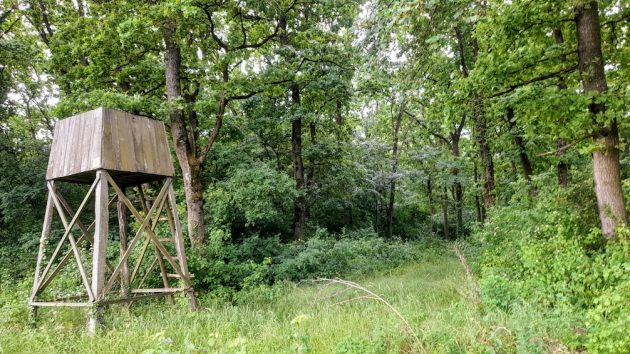
The next clearing holds an arable field with a marshy depression in the middle. And it offers an unusual set of birds for a forest: more Northern Lapwings, together with a Grey Heron, a dozen Little Egrets and even two Eurasian Spoonbills. Middle and Great Spotted Woodpeckers as well as the Eurasian Green Woodpecker were heard. A bit later, a Eurasian Golden Oriole started to play its flute.
In the late morning we changed the forest for the fields surrounding it. A foraging White Stork in the grass. A Western Marsh Harrier, several Common Buzzards and a few Common Kestrels… Young Western Yellow Wagtail, both Whinchat and European Stonechat… From their bush-top positions, Corn Bunting and Common Whitethroat were singing, while Eurasian Skylarks were performing their song-flights.
Close to mid-day, thermals start to rise, attracting Common Ravens and a Black Kite or two… Not happy, we waited a bit longer. The time is running out, Q. has to reach the airport… Just a few more minutes.
And there it is! A Lesser Spotted Eagle high in the thermal, getting ever smaller. And a White-tailed Eagle making an appearance in the same thermal! Now we can pack our scopes and go.






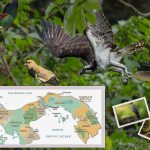
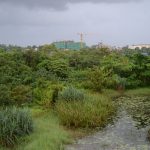

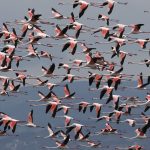



Great article. Do you have list of birds that live in Bojcin forest?
Here’s the list: https://ebird.org/hotspot/L6819147